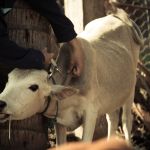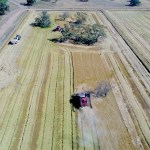The feared foot and mouth disease (FMD) is spreading in Indonesia with thousands of cattle…
Destructive fungal disease strikes Northern River rice crops
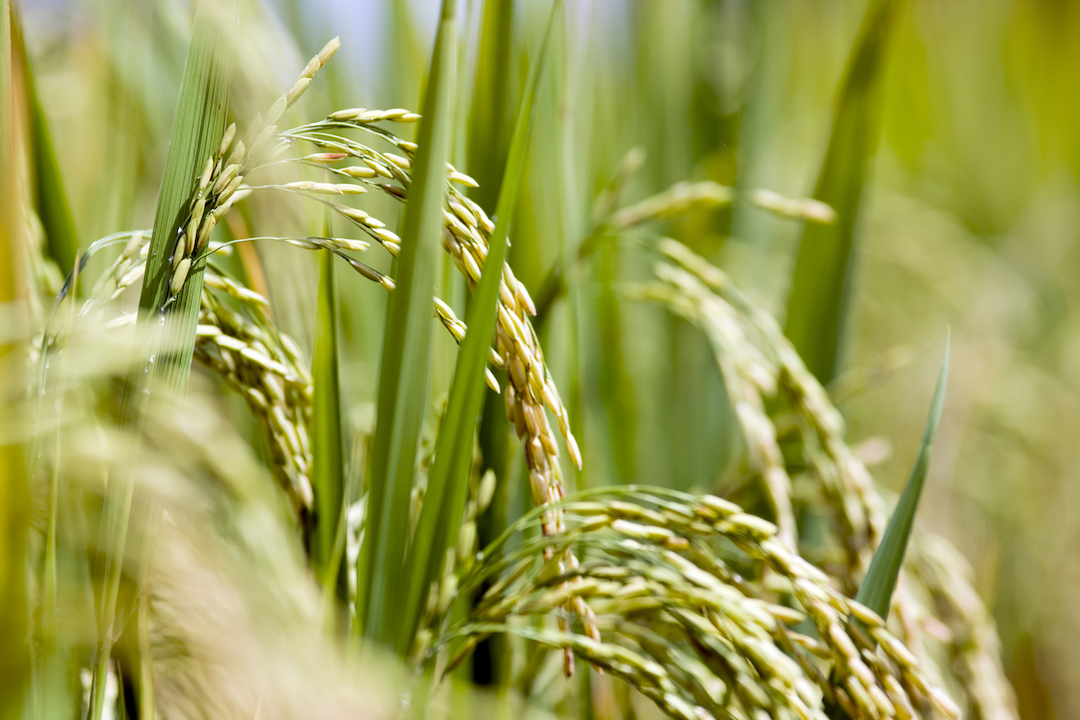
Rice Blast outbreak sparks concern prompting urgent measures to safeguard rice production
A destructive fungal disease that can decimate rice crops has surfaced in northern NSW, posing a grave concern to the industry. Known as rice blast, this disease ranks as the foremost threat to rice cultivation globally.
Recently discovered in a field near Lismore, the NSW Department of Primary Industries (NSW DPI) issued a cautionary notice to farmers on February 10. To curb its spread, growers face the grim task of destroying their crops.
The disease was found in 2011 on a rice crop in northern Western Australia and has since been detected in the Northern Territory and Queensland.
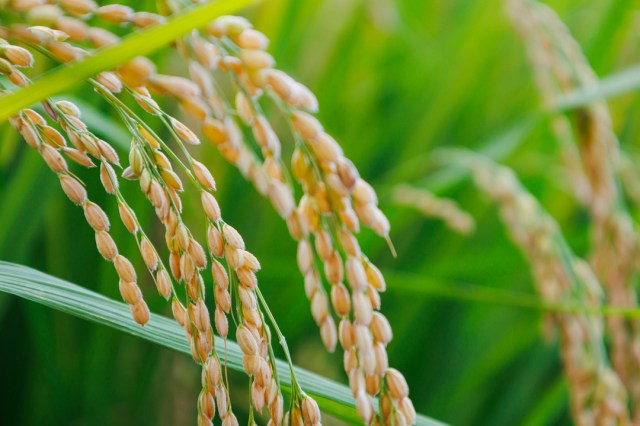
NSW DPI said it would work with the rice industry in the Northern Rivers to manage biosecurity around impacted crops – the department was also conducting surveillance and awareness within the Rice Biosecurity Zone of southern NSW to bolster the pest-free status of this region.
Ian McColl, NSW Farmers Biosecurity Committee Chair, said the disease was a serious threat and detections were a reminder of the need for strong national biosecurity controls.
“Rice Blast spores can be carried by wind and water, but also on clothing and machinery, which reinforces the need for good biosecurity practices,” Mr McColl said.
“These spores can survive for more than a year in dry conditions, so we recommend boots, equipment and vehicles should be thoroughly cleaned then decontaminated if you suspect they have been in contact with an infected crop.”
“Good biosecurity is everyone’s responsibility, and we would encourage people to look at this latest detection as a wake-up call. If this got into massive production areas like the Riverina, it would have a terrible impact.”
According to NSW DPI, rice blast spores were able to infect plants at all growth stages, from seedlings to maturity. Symptoms developed on all above ground plant parts. Lesions or spots were the most common symptom. Lesions were usually 1-1.5 cm long and 0.3-0.5 cm wide.
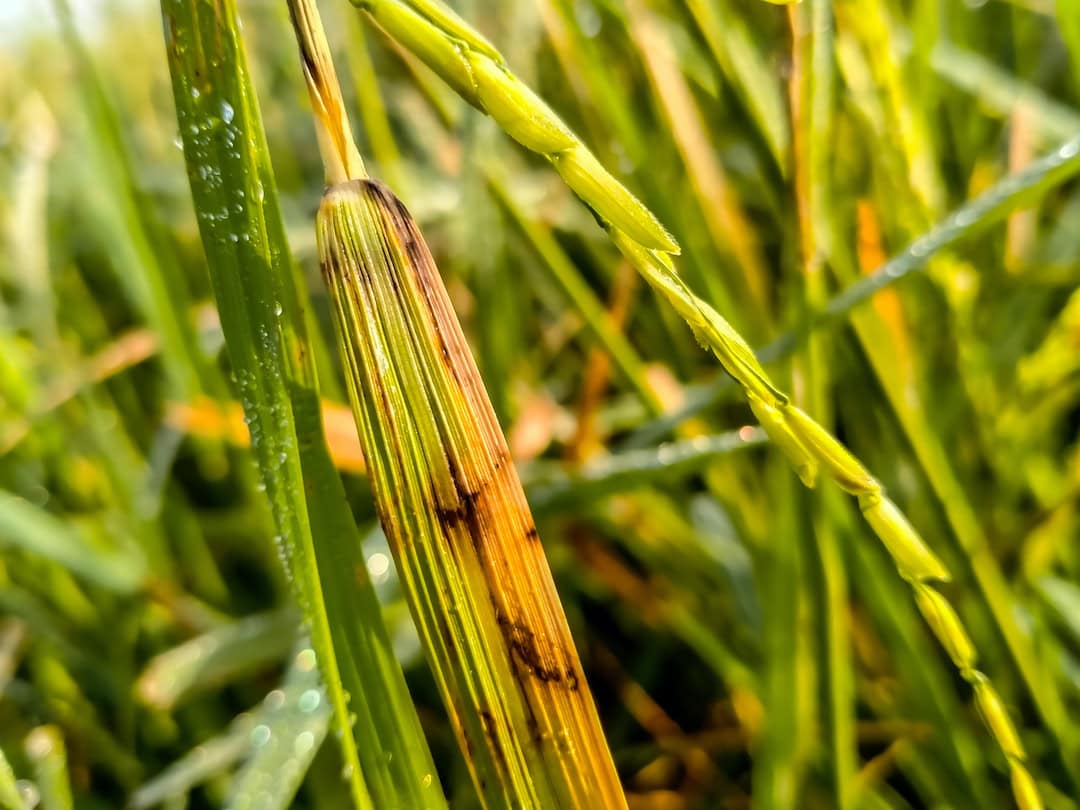
Crops under stress could exacerbate symptom development leading to rapid crop decline. The disease spreads via wind borne spores, on infected plant material and grain, and in water. Under dry conditions, spores can survive for more than a year, which means transport of contaminated seed, souvenirs made of rice straw or contaminated equipment could introduce the disease into key production areas.
Rice Blast symptoms include:
Leaf blast
Leaf lesions start as small white, grey or blue-tinged spots. Under moist conditions lesions enlarge quickly to either oval or diamond-shaped spots or to linear lesions with pointed ends, grey or white centres and narrow brown borders.
Severe infections may lead to death of leaves and whole plants. Leaf blast infections provide inoculum for panicles to become infected.
Collar rot
If a Rice Blast lesion is located at the junction of the leaf blade and leaf sheath the entire leaf can be killed. The leaf collar lesion discolours to brown and the leaf blade dies.
Node infection
Infected nodes appear black-brown and dry. An infection at the node often results in the stem breaking.
Neck rot
Neck rot may result in death of an entire panicle. Symptoms appear at the base of the panicle, starting at the node. The tissue turns brown and shrivels causing the stem to snap and lodge.
Panicle blast
Panicles which do not break or fall off as a result of neck rot may turn white to grey. Partially infected panicles may show grey-brown lesions among the panicle branches and on the stems of florets. Florets which do not fill turn grey.
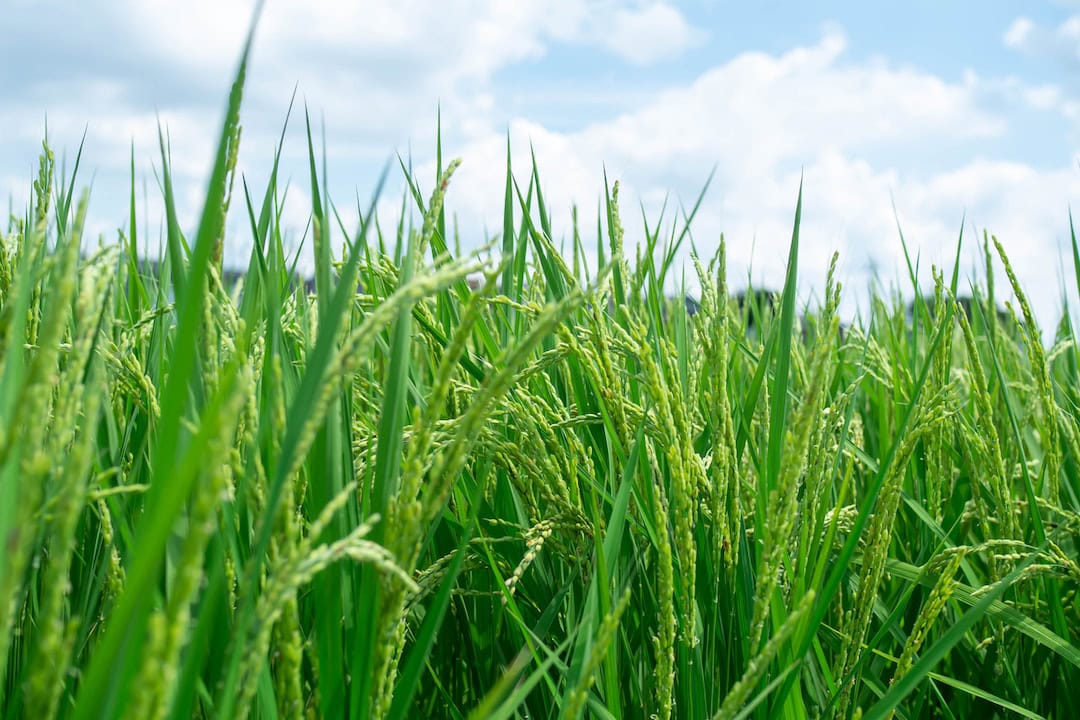
Should Rice blast be detected in your crop, NSW DPI recommends the following control options:
- Report the detection to NSW DPI as disease confirmation is key to good management.
- Treatment with fungicide such as Azoxystrobin (an off-label permit is available for reatment of rice crops in NSW – PER94571) will reduce the impact of the disease but will not eliminate all spores in crop residue and soil.
- Treatment with a knockdown spray to kill the crop followed by burning of the stubble to reduce inoculum load. It’s important to block drainage channels of the affected crop to dry it out to achieve this.
- Prevent infected grain entering into the mainstream supply chain as equipment, processing machinery and transport vehicles can become contaminated with spores.
All notifiable plant pests and diseases must be reported within one working day. Growers can report by one of the following methods:
Call the Exotic Plant Pest Hotline 1800 084 881
Email biosecurity@dpi.nsw.gov.au with a clear photo and your contact details.
To read about the spread of fire ants in NSW, click here.


